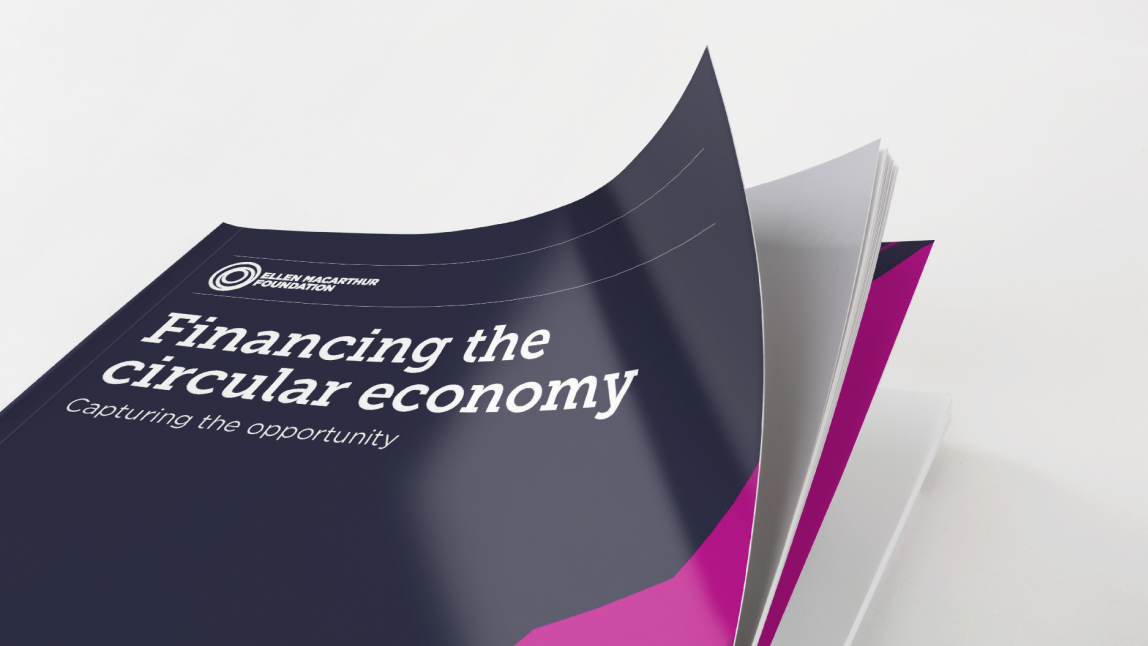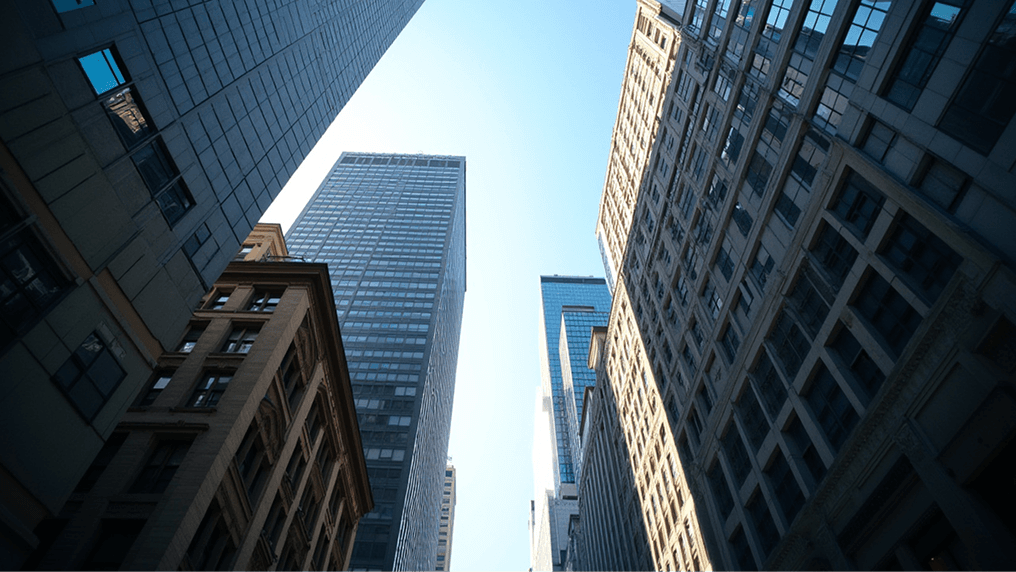The circular economy offers a new operating model for our economy: one that builds economic and environmental resilience and creates growth that benefits business, society, and the natural environment.
Shifting to a circular economycircular economyA systems solution framework that tackles global challenges like climate change, biodiversity loss, waste, and pollution. It is based on three principles, driven by design: eliminate waste and pollution, circulate products and materials (at their highest value), and regenerate nature. means changing how we design, make, access, and maintainmaintainKeep a product in its existing state of quality, functionally and/or cosmetically, to guard against failure or decline. It is a practice that retains the highest value of a product by extending its use period. products and infrastructure. Doing so can unlock new sources of revenue, reduce costs, and de-risk portfolios.

Circular economy strategies can lower investment risk and drive superior risk-adjusted returns.
Analysis by Bocconi University of 200+ listed European companies across 14 industries showed the more circular a company is, the lower its risk of defaulting on debt and the higher the risk-adjusted returns of its stock. This research indicates that exposure to circular companies and projects offers financial institutions the potential to de-risk and stabilise their portfolios and increase medium- to long-term resilience.
Investing in circular solutions will be crucial for financial institutions to achieve net-zero climate targets.
The circular economy will also play a key role in the finance sector’s strategy to achieve net-zero targets, with nearly half of global GHG emissions coming from how we make and use products, grow food, and manage land.
Studies have shown that applying circular economy strategies in just five key areas (cement, aluminium, steel, plastics, and food) can eliminate almost half of the emissions from the production of goods – 9.3 billion tonnes of CO2e in 2050 – equivalent to cutting current emissions from all transport to zero.
The question is no longer whether climate change and other environmental and social issues matter to the financial services sector, but how it will address them. The circular economy is a crucial part of the answer to this question.
COP28 underscored the growing imperative of adopting circular economy strategies within financial sectors to meet net-zero climate goals. Circular economy principles were integrated into the negotiated outcomes text for the first time, a significant step up from previous COP27 references to sustainable lifestyles and consumption. This inclusion emphasises the shift towards circular economy as critical to climate change efforts.
The circular economy offers resilience in the face of rapidly shifting macroeconomic conditions
Businesses and financial institutions are increasingly exposed to systemic risks and greater levels of uncertainty. In the face of macroeconomic pressures, geopolitical instability, and supply chain problems, the circular economy offers greater resilience through business model diversification.
The circular economy presents solutions to challenges such as securing critical raw materials for renewable energyrenewable energyEnergy derived from resources that are not depleted on timescales relevant to the economy, i.e. not geological timescales. technologies. By fostering innovative financial mechanisms and encouraging collaboration among financial institutions, investors, and governments, the circular economy can build a resilient supply chain and reduce environmental impacts.
The circular economy offers the finance sector a global, growing market. It offers a multi-trillion-dollar opportunity that is largely untapped.
There has been significant growth in circular economy financing across asset classes over the last few years. An estimated USD 350 billion of financing and investment has been dedicated to the circular economy since 2019. For example:
The total amount of assets managed through public equity funds focused on a circular economy increased 22-fold since the end of 2019, from USD 0.3 billion to USD 6.6 billion at the end of December 2023.
The number of outstanding corporate and sovereign bonds with a circular economy focus increased more than 13-fold between December 2019 and December 2023, with at least 567 bonds issued in the last four years with cumulative issuance of USD 93 billion.
Circular economy start-ups are scaling fast enabled by finance - a number of circular economy unicorns have emerged in multiple industries, including fashion and technology.
Circular finance examples
The world’s largest investor embraces the circular economy
BlackRock is the world’s largest asset manager investing on behalf of clients – ranging from pension funds and sovereign wealth funds to family offices and individuals – in assets such as shares of publicly-listed companies, corporate and sovereign bonds, and real assets, such as infrastructure and housing.
The concept of circular economy is so important, as I said, it’s a foundational blueprint and if we could get more and more of the money owners to agree that this is a good way to invest, not just for social reasons, not just for environmental reasons, but for investment reasons, performance reasons.
Larry Fink, CEO & Chairman, BlackRock


To reorient capital at scale, more transparent and consistent data on circularity performance is crucial
Improving future data quality and availability by scaling measurement tools, and integrating circularity metrics into reporting and disclosure frameworks, can support finance and investment decision making and circular economy adoption by policymakers, business, and the financial sector. In the fast-changing non-financial reporting landscape, now is the time for harmonisation and streamlining of reporting.
The financial sector can unlock these economic opportunities across industries and asset classes through a concrete set of actions:












